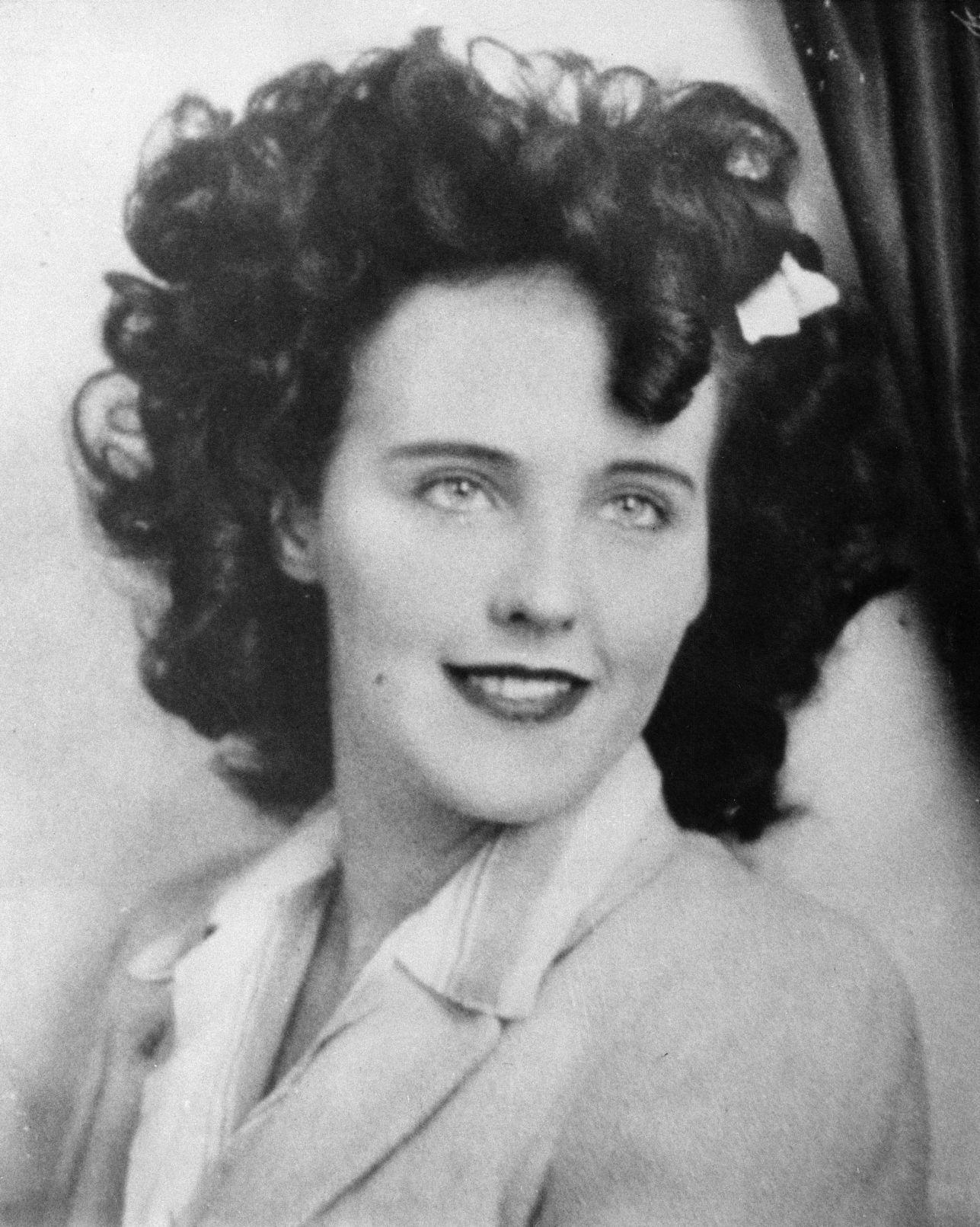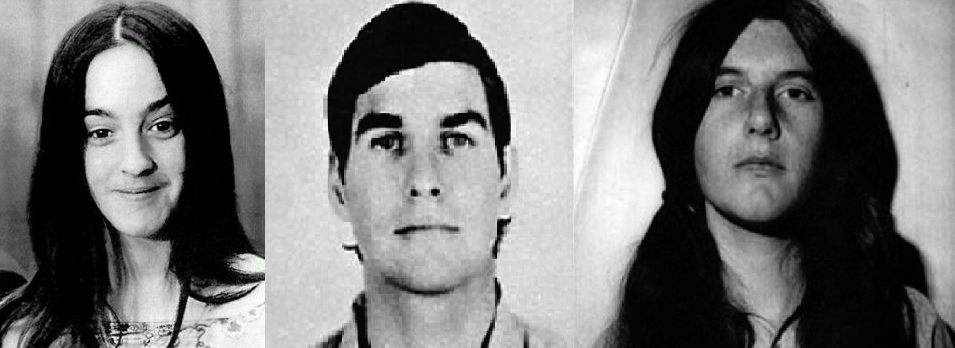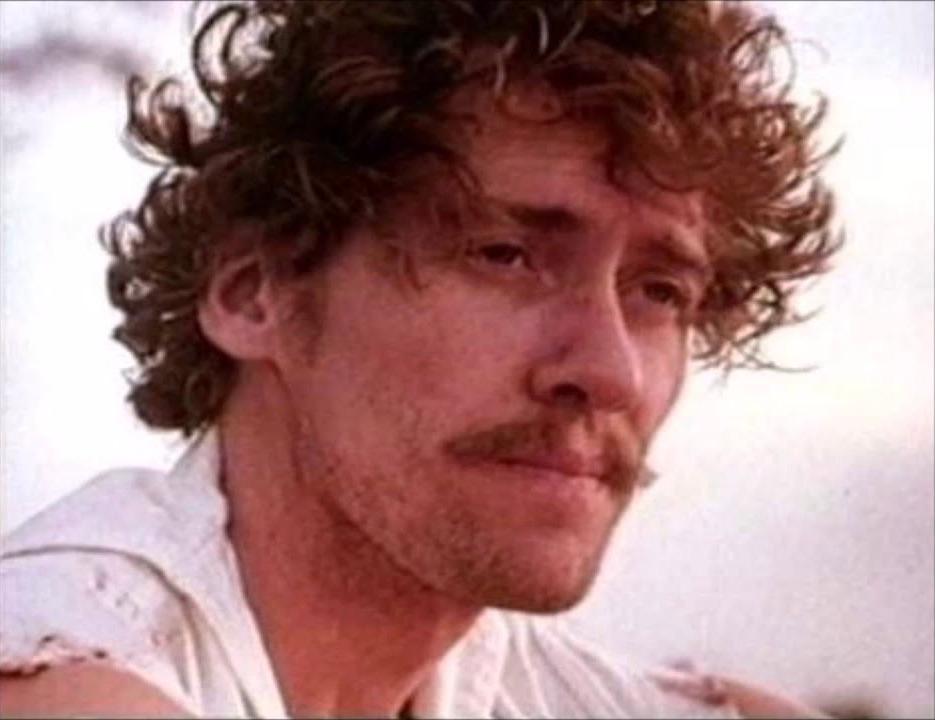Three grisly murder cases spread across the 20th century have come to define Los Angeles – and Hollywood – as a town of shadows more than sunlight. The Black Dahlia murder, the Manson Family spree, and the Wonderland killings are each crimes of their era with resonance that reaches to today.
◊
For some, Los Angeles is an endless highway to success. For others, it’s just a dead end. Star-struck seekers could end up on top of the heap. Less-lucky losers might wind up at the bottom of a lake. Perhaps you’d be discovered, like Brad Pitt; or perhaps you’d be discovered buried in a pit. You could hit the lofty heights of stardom, like Tom Cruise. Or you could climb the literal heights of the Hollywood sign, as Peg Entwistle did in 1932, peering over the edge at the expanse of Los Angeles as you prepare to leap to your undying infamy.
Los Angeles – and Hollywood, L.A.’s evanescent city within the city – casts a long shadow for strivers and dreamers. And yet, virtually since its founding as an entertainment capital of the world, misfortune and misadventure have stalked far more of its denizens than Dame Fortune has smiled upon. After all, there are reasons the mythical Boulevard of Broken Dreams is said to slice through the heart of Hollywood.
There were three years during the past century when it seems L.A. was spotlighted by the bad moon of especially notorious crimes. These years – 1947, 1969, and 1981 – weren’t the only years of infamy in Hollywood’s history, but each produced a memorable “crime of the century” – though by L.A. standards, perhaps they were just the most notable crimes of their decades.
1947: The Black Dahlia Murder
The address: South Norton Avenue. The neighborhood: Leimert Park. The scene: A tract of land being developed into new homes to accommodate young working-class families in postwar L.A.
It was a beautiful morning in Los Angeles, another in a virtually unbroken string of glorious, sunny midwinter days. Januarys in L.A. aren’t like those of, say, Boston, where young Elizabeth Short hailed from. The closest snow gets to the streets of L.A. is the glimpse of faraway, snow-capped mountains in the San Bernardino range that’s visible from certain parts of town. And with overnight lows in the 40s, there’s no chance of slipping on treacherous, ice-slick streets.
It fell to neighborhood housewife Betty Bersinger, walking with her three-year-old this January morning, to make the gruesome discovery. Because this was a neighborhood under construction, there were numerous undeveloped lots set amid modest new homes built to alleviate the housing crunch of that era. As Betty strolled past lots both finished and untouched, she saw what first looked like a mannequin splayed near the sidewalk. Then, reeling from the shock of seeing a nude and clearly tortured, bisected body, Betty covered her daughter’s eyes and ran to the nearest neighbor’s home to phone the police.

Elizabeth Short became known as "The Black Dahlia" after her brutal murder. (Image Credit: Wikimedia)
How did Short’s body end up in this strange residential environment, seven miles and seven days away from her last sighting? And what fiendish sadist could have inflicted such pain prior to her death, and then carefully exsanguinated the corpse, washed her thoroughly, and carved her in two? And following that, why was she transported there, posed like a cheesecake model, with a ghoulish smile cut into her cheeks, and left to be discovered, causing revulsion and terror?
No charges have ever been filed in the Black Dahlia case, but that hasn’t stopped people from confessing. The LAPD estimates that over the years they’ve received more than 500 confessions that have all been proven false.
Confoundingly, after all these years we still haven’t been able to close the book on this investigation. Though many questions about Short’s final weeks in Los Angeles have been answered, the circumstances of her demise and the post-mortem mutilation of her corpse are yet unknown.
For example, we know that Short lied to her family back East about her career ambitions. Though she presented herself as an aspiring actress, no evidence exists of any actions to back up that claim. No visits to agents, no casting call appearances, no registration in acting classes have been discovered. And yet, according to the evidence, neither was she a prostitute. Short seems to have been a drifter. Prior to her disappearance, she’d packed up all her earthly possessions and locked then up in the downtown Greyhound bus station.
It’s not like there is a shortage of theories on her murderer – there just isn’t enough clear evidence to point to any one suspect in particular. But we have more depraved murders to investigate in this ghastly, time-traveling tour of Hollywood-Land.
1969: The Manson Family Killing Spree; Night 2 – Rosemary and Leno LaBianca
The address: Waverly Drive. The neighborhood: Los Feliz. The scene: A long-settled middle-class area on L.A.’s Eastside, this neighborhood was largely developed with apartments and single-family homes in the 1920s and ’30s.
The overnight discovery of the bodies of Sharon Tate and her friends at the Benedict Canyon home she shared with husband Roman Polanski was all over the next day’s news. The multiple homicide shocked the city, which was still somewhat innocent and trusting at the end of the halcyon hippie days. Whatever the mood was prior to the night of August 8, the night of August 9 was filled with trepidation.
In their comfortable Los Feliz dwelling, constructed in 1922 and situated near the crest of a hill, Leno and Rosemary LaBianca relaxed uneasily at the end of their Saturday. The news coverage of the brutal Benedict Canyon murders was disturbing to them, and Rosemary had retired to their bedroom while her husband stayed up reading the paper.

Manson assassins Susan Atkins, Charles "Tex" Watson, and Patricia Krenwinkel brutally murdered Leno and Rosemary LaBianca in their Los Feliz home in August, 1969. (Source: Rosa Mauro, LAPD, via Wikimedia)
At the same time, two-bit hustler and self-styled guru Charlie Manson and his gang were cruising the city in their ’59 Ford Galaxie looking for another likely target in their LSD-drenched plan for world domination, nicknamed “Healter (sic) Skelter.” He had been critical of the amateurishness of the night before, and he wanted to offer his death squad an opportunity to regain his approval. Charlie told the driver to head to Los Feliz, with which he was familiar after spending a drug-fueled evening there a year before.
For a much deeper examination of the twisted world of Charles Manson and his infamous band of followers, take a look at The Family: Inside the Manson Cult on MagellanTV.
If the LaBiancas were spooked by the grisly events of the previous night, they weren’t concerned enough to lock their back door. Manson, along with his henchman Tex Watson, easily walked into the home and surprised both Leno and Rosemary. Charlie and Watson tied the LaBiancas up, convincing the couple they’d be safe if they cooperated. Then Manson left to return to the getaway car and sent in the other executioners, cautioning them to make certain each of them had an equal share in the gore. They forcefully followed his barbaric plan.
Manson had collected his death cult from the masses of young, aimless drifters who had descended upon the West Coast in the late 1960s, entranced by the supposedly “good vibes” of a scene populated with other young people, hippies, and freaks – not to mention, crooks and hustlers peddling “free love” and other illusions.
As we pull away from the streets of Los Feliz in our time-traveling tour bus, let’s offer a little prayer for the LaBiancas and all the others whose lives were snuffed or derailed by their connection with Charles Manson.
1981: The Wonderland Murders
The address: Wonderland Avenue. The neighborhood: Laurel Canyon. The scene: By the 1980s, Laurel Canyon had been transformed from a center of creativity and hippie lifestyles to a center for heavy drug distribution, including that favorite of the entertainment industry: cocaine.
The house at 8763 Wonderland Avenue was well-known in the neighborhood, and for all the wrong reasons. Neighbors knew the place had more than a bad rep – it had bad juju. The house, tucked deep in Laurel Canyon, was a suspected drug den where parties raged around the clock. Loud music and constant commotion marked it as a benighted residence, and the impact on the area was undeniable.
A visitor to the house, Susan Launius, couldn’t have known what the neighbors thought, though it was where her husband Ronald spent most of his time. According to her testimony she’d never seen the residence before the day of June 30, 1981. As the wife of a drug dealer on the rise, she was protected from the gritty details of “the life” while enjoying its benefits – for one, the money was great.
Susan wasn’t exactly innocent, but you could say she was a bystander caught up in the horror that would unfold hours after she arrived at Wonderland.
Ronald Launius had a kind of second family there in Laurel Canyon, a cohort that included friends, accomplices, and hangers-on. They all took part in the constant cocaine transactions and, violating the first rule of drug dealers not to get high on their own supply, they were all users too.
Tragically, this merry band of druggies stumbled their way through life – and into a bloodbath. And the character that caused all this trauma? None other than larger-than-life porn star (and fulltime coke fiend) John Holmes, known professionally as Johnny Wadd. Holmes spent a good portion of his days (and nights) partying with the Wonderland crew. His predilection for cocaine colored his entire life, including his career. But the coke wasn’t free, and he owed money all over town.
Holmes owed the most to Ronald Launius, as well as another substantial amount to mid-level dealer Eddie Nash, who also considered the porn star a buddy. So, Nash became the target of a harebrained idea. Holmes would visit Nash at his home in Studio City and quietly leave a sliding backdoor ajar, through which the Launius crew would later (after Holmes departed) invade the house and relieve Nash of vast quantities of drugs and other valuables.
It almost worked. The home invasion was successful, and Launius’s boys got away without being identified by Nash and his crew. But Nash had a sneaking suspicion about his friend Johnny Wadd, who had visited the home only hours before the robbery. When one of Nash’s bodyguards spotted Holmes wearing a ring that had been purloined that night, the whole thing fell apart.

John Holmes died of AIDS complications in 1988. He was never convicted of the Wonderland murders. (Source: The Village Voice, via Wikimedia)
Holmes was quickly spirited away to Nash’s house and beaten until he revealed all his secrets. A witness testified that Nash ordered Holmes to execute a plan for payback – and then some. This time, flipping the script, Holmes would gain access to Launius’s Wonderland Avenue pad for Nash’s ultraviolent retribution.
By light, four people – Ron Launius, his accomplice Billy DeVerell, Billy’s girlfriend Joy Miller, and Barbara Richardson – lay dead in the house. Only Susan Launius survived, but her severe head injuries caused her to be unable to recall anything of the attacks.
The grotesque mass murder shocked and horrified the entire neighborhood. Laurel Canyon had its share of free-spirited, drug-friendly residents, but had never seen this level of violence and brutality. It changed the nature of Laurel Canyon. In the following decades, the Canyon has retained little of its innocent charm as professionals of all stripes have gentrified the neighborhood and tightened up its vibe.
Breaking into Hollywood – And Breaking Apart
It’s been proven true again and again over the years: Los Angeles attracts dreamers, starry-eyed souls “who come into the Canyon,” as the Mamas and Papas sang, only to be disillusioned. It’s a miracle that, despite the thousands of hopeful souls who attempt to “break in” to the stardom proffered by the architects of Hollywood’s “dream factory,” there aren’t more tragic tales of disheartened dreamers losing it all. There are, however, plenty more stories, to be sure, and they’ll continue as long as young people are seduced by the allure of Los Angeles, seeking the fruition of their own dreams . . . for better and for worse.
Ω
Kevin Martin is Senior Writer for MagellanTV. He writes on a wide variety of topics, including outer space, the fine arts, and modern history. He has had a long career as a journalist and communications specialist with both nonprofit and for-profit organizations. He resides in Glendale, California.
Title Image Credit: Izayah Ramos for Unsplash

